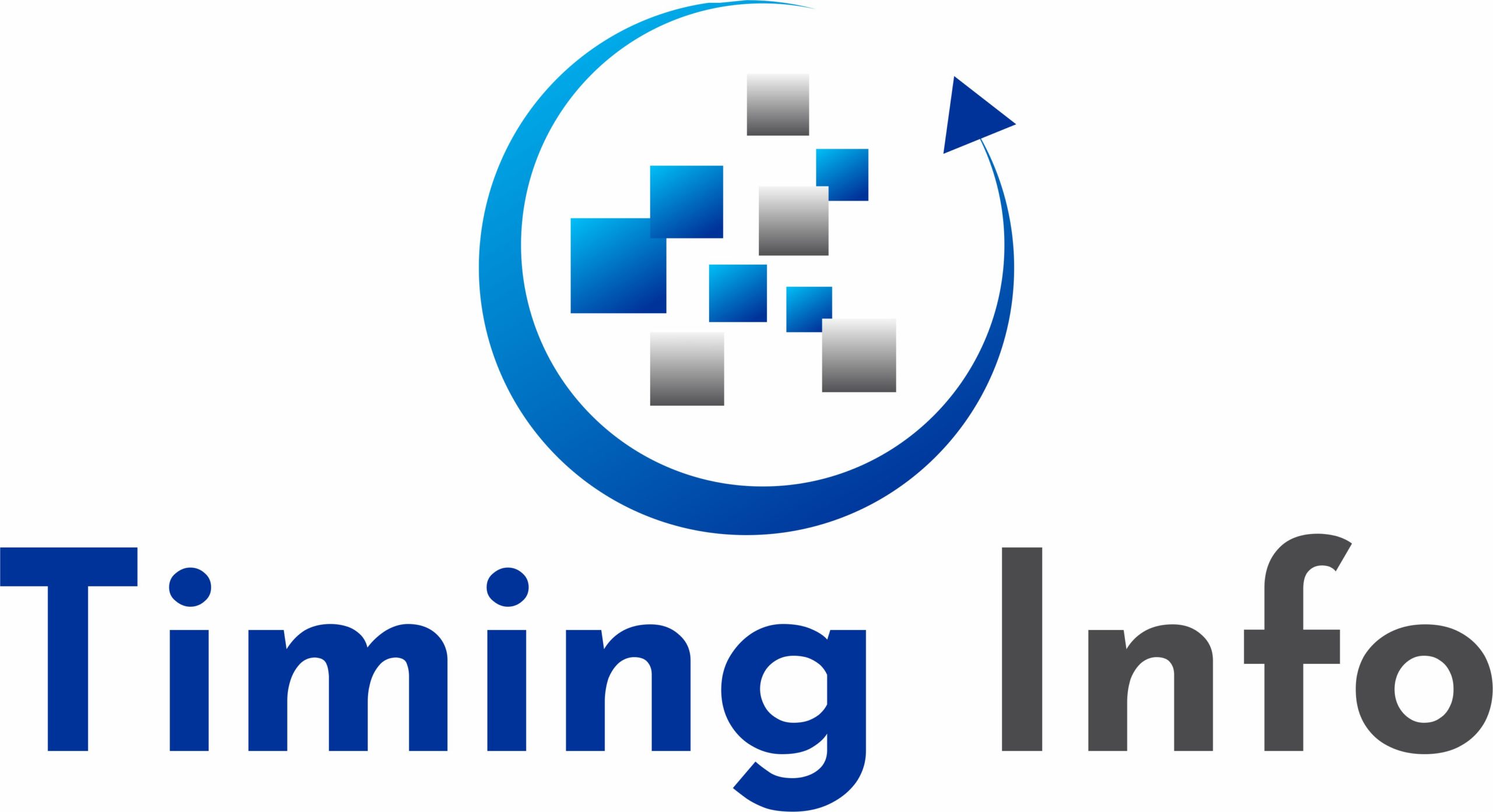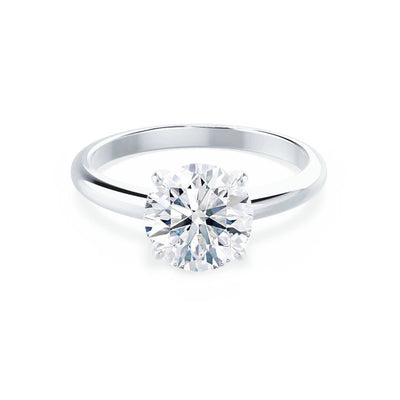For decades, the diamond industry operated under a veil of secrecy, with little visibility into the sourcing, valuation, and distribution of diamonds. However, with increasing consumer demand for ethical sourcing, sustainable practices, and fair trade, transparency is becoming a driving force in reshaping the industry. From blockchain technology to stricter regulations and evolving consumer expectations, the diamond trade is undergoing a significant transformation.
The Call for Ethical Sourcing
One of the most critical issues that transparency addresses is the ethical sourcing of diamonds like those crafted by Lily Arkwright. Historically, the diamond trade has been marred by concerns over conflict diamonds stones that are mined in war zones and sold to finance armed conflict. The 2003 Kimberley Process Certification Scheme (KPCS) was one of the earliest efforts to reduce the flow of conflict diamonds. While the initiative has had some success, gaps remain, and modern consumers are demanding even higher levels of accountability.
Transparency ensures that diamonds come from conflict-free sources, benefiting both consumers and mining communities. Companies that openly share their supply chain data and sourcing methods foster trust and encourage ethical mining practices. Brands like De Beers and Signet Jewelers have already implemented traceability measures, ensuring that their diamonds meet high ethical standards.
The Role of Blockchain Technology
Blockchain technology is playing a transformative role in enhancing transparency in the diamond industry. By creating an immutable and verifiable record of a diamond’s journey from the mine to the consumer, blockchain ensures that each stone’s provenance is accurately documented.
One notable initiative is Tracr, a blockchain platform developed by De Beers. This system allows customers to trace a diamond’s entire journey, from its extraction to its final sale, verifying its ethical sourcing. Similarly, companies like Everledger use blockchain to provide a digital ledger for diamond certification, reducing fraud and increasing consumer confidence.
Blockchain technology eliminates middlemen who might otherwise obscure a diamond’s origins, ensuring greater fairness for miners and suppliers. This system ultimately fosters a more ethical and transparent industry, as consumers can make informed purchasing decisions.
The Shift Toward Lab-Grown Diamonds
As consumer demand for transparency grows, lab-grown diamonds are emerging as a popular alternative to mined diamonds. These diamonds, created in controlled environments using advanced technology, offer complete traceability and remove concerns about unethical sourcing.
Lab-grown diamonds are chemically identical to natural diamonds but come with clear documentation regarding their origins. Companies such as Brilliant Earth and Diamond Foundry provide full disclosure about their production processes, appealing to consumers who prioritize sustainability and ethical considerations.
Regulatory Reforms and Industry Standards
Governments and industry organizations are tightening regulations to improve transparency in the diamond trade. The U.S. Federal Trade Commission (FTC), for instance, has revised its guidelines on diamond marketing to ensure that consumers are not misled about the origins and ethical status of their purchases.
Organizations such as the Responsible Jewellery Council (RJC) have also set stringent standards for diamond certification and ethical sourcing. These regulatory efforts are compelling businesses to maintain accurate records and provide clear documentation to consumers, reinforcing industry-wide transparency.
Consumer Awareness and Demand for Accountability
Modern consumers, particularly Millennials and Gen Z, are more informed and socially conscious than previous generations. They demand greater transparency from brands and are willing to pay a premium for ethically sourced diamonds. Social media, online reviews, and investigative journalism have further empowered buyers to research brands before making purchasing decisions.
Companies that fail to disclose their sourcing practices risk losing market share to competitors who prioritize transparency. As a result, retailers and jewelers are now providing detailed reports, certification documents, and origin tracking for their diamonds to meet these evolving consumer expectations.
The Future of a Transparent Diamond Industry
The move toward transparency is not merely a trend but a necessity for the diamond industry’s future. Companies that embrace ethical sourcing, leverage technology, and adhere to strict regulatory standards will thrive, while those that resist change may struggle to maintain consumer trust.
With blockchain, lab-grown diamonds, and stronger industry regulations, transparency is reshaping the diamond industry for the better. Ethical sourcing, fair trade, and environmental sustainability are no longer optional but essential components of modern diamond commerce. As transparency becomes the new standard, consumers can expect greater confidence in their diamond purchases, ensuring that these cherished stones align with their values and principles.

